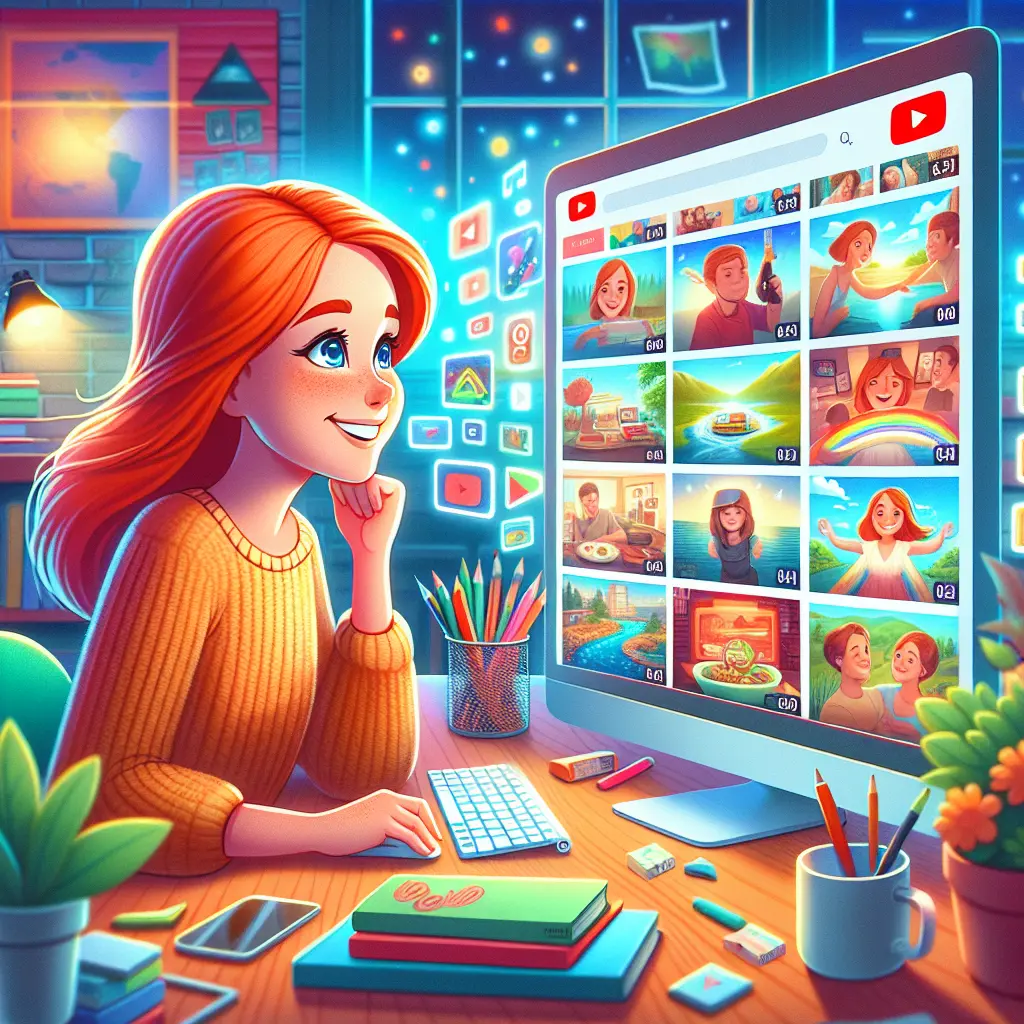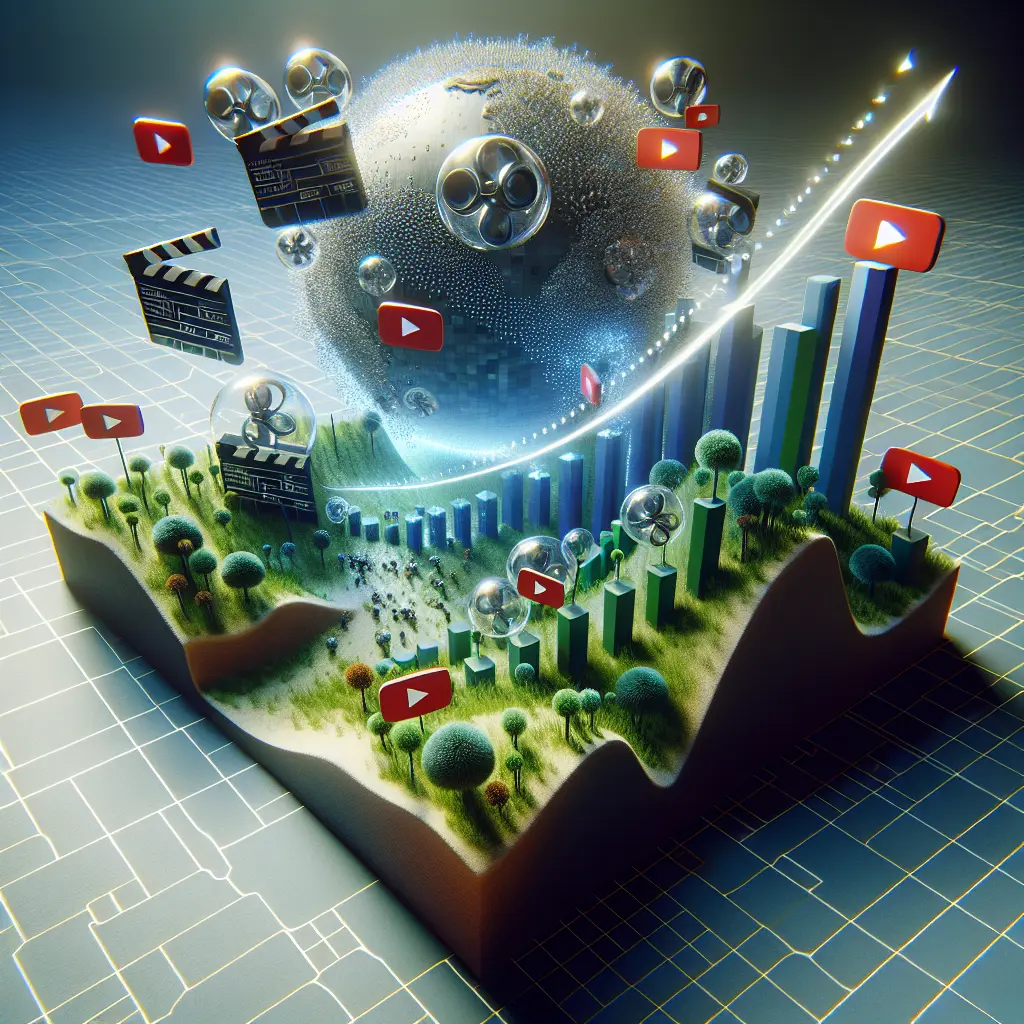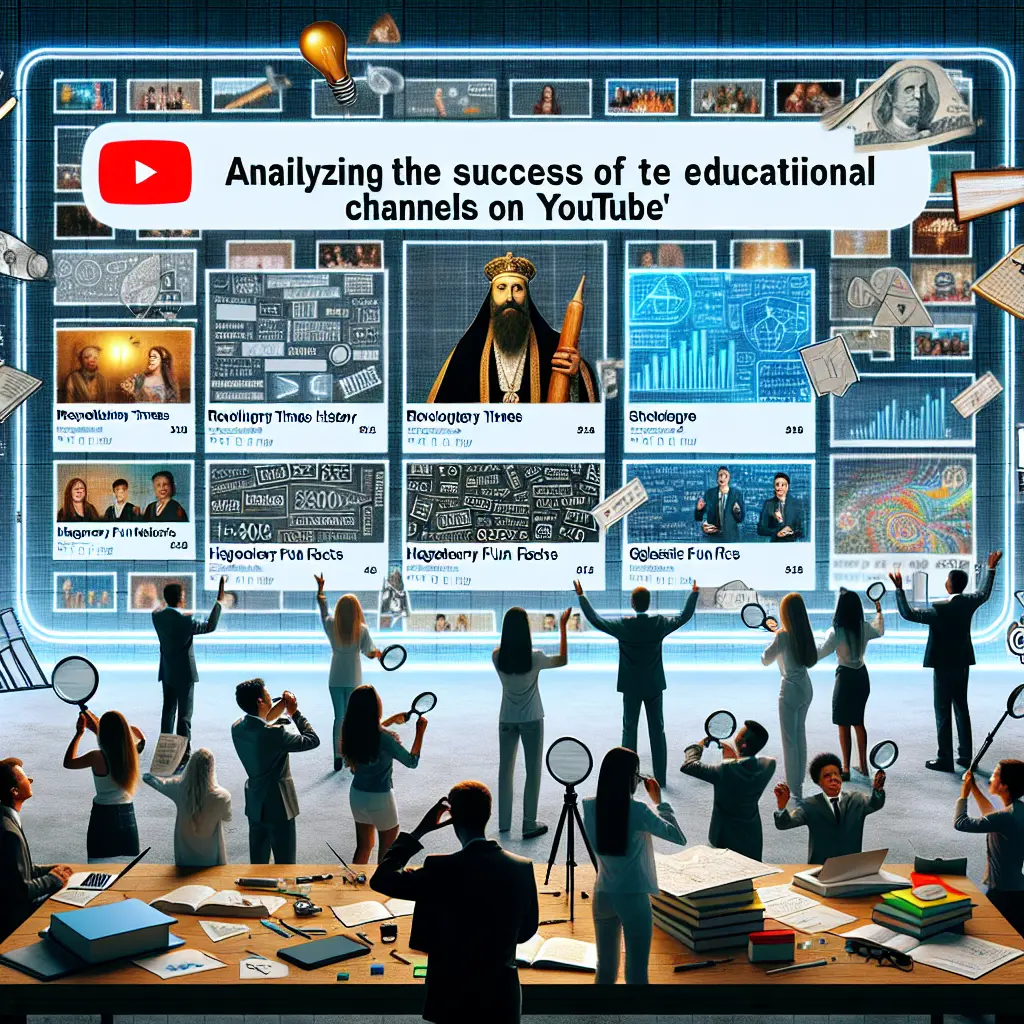In the evolving landscape of modern education, the integration of digital tools like YouTube has become increasingly significant. YouTube, primarily known for its vast array of content, has emerged as a powerful educational resource, transforming traditional learning methodologies and reshaping modern education curriculums. This blog post delves into the role of YouTube in education, its impact, and how it is being seamlessly woven into classroom environments.
YouTube in Education: A New Frontier - YouTube's role in education extends far beyond mere entertainment. Educational technology has leveraged platforms like YouTube to bring dynamic, visual, and accessible content to learners worldwide. As one of the leading online learning platforms, YouTube offers an array of educational videos that cater to a wide spectrum of academic disciplines and interests. From intricate science explanations and historical documentaries to real-time language learning and coding tutorials, YouTube educational content is both diverse and rich.
Educators are increasingly recognizing the benefits of integrating YouTube in classrooms. This integration serves multiple educational purposes—it enhances student engagement, provides access to a plethora of resources, and supports diverse learning styles. Video-based learning, which includes both recorded and live content, helps illustrate complex concepts with clarity and can often bridge the gap between theoretical knowledge and real-world application.
Not just for students, YouTube serves as an invaluable resource for teachers as well. Platforms like YouTube for Teachers provide educators with tools to create playlists, share content, and even blend their own teachings with existing videos to enhance the learning experience. Moreover, it offers teachers avenues for professional development and networking with educators globally, fostering a community of shared knowledge and teaching practices.
The accessibility of educational technology like YouTube has democratized education to an extent previously unimaginable. Students from different geographical locations, economic backgrounds, and learning capabilities can access high-quality education free of cost. Digital learning tools also cater to various learning disabilities, offering multiple formats of content which can be paused, replayed, or captioned to suit individual learning needs.
Impact of YouTube on Education
The impact of YouTube on education has been profound. It has not only supplemented education with visual content but has also revolutionized the way information is delivered and consumed. The instant availability of information and the broad spectrum of content have fostered a more self-directed form of learning. Students are now more equipped to explore subjects at their own pace and according to their personal interests.
Recent global shifts towards more digital-centric lifestyles make online resources like YouTube particularly relevant. The platform has seen a significant uptick in usage for educational purposes as more institutions pivot to remote learning setups. The flexibility of YouTube meets various educational demands—from providing supplemental learning materials to hosting full courses.
While the benefits are plentiful, the use of YouTube in education isn't without its challenges. Issues such as the distraction factor, the variability in the quality of content, and internet accessibility must be addressed. Moreover, educators must be judicious in selecting content that is accurate and appropriate for their students.
Keeping abreast with current events also enriches the educational content on YouTube. For instance, understanding economic fluctuations like the recent 0.6% growth in the UK economy, covered extensively on financial news channels on YouTube, can provide practical insights into theoretical economic studies. Similarly, technological advancements such as the launch of the Ola Electric Bike can be integrated into subjects like environmental science or technology studies.
YouTube as a Learning Resource Amidst Global Shifts
The integration of YouTube within modern education curriculums represents a shift towards more interactive and accessible learning. As educational technology progresses, so too does the potential for platforms like YouTube to enhance educational outcomes. Teachers and students alike are encouraged to explore this dynamic tool as part of a comprehensive approach to education.
In closing, as we navigate this digital era, platforms like YouTube are not just ancillary tools but essential elements in the fabric of modern education. By embracing these resources responsibly and creatively, we can enhance the educational landscape in ways that were once merely imagined.
As we move forward into this digital age, leveraging platforms such as YouTube responsibly can significantly enrich our educational journeys.
The potential for innovation in education through platforms like YouTube is immense; it requires educators and students alike to explore these resources thoughtfully and creatively.







Leave a Comment